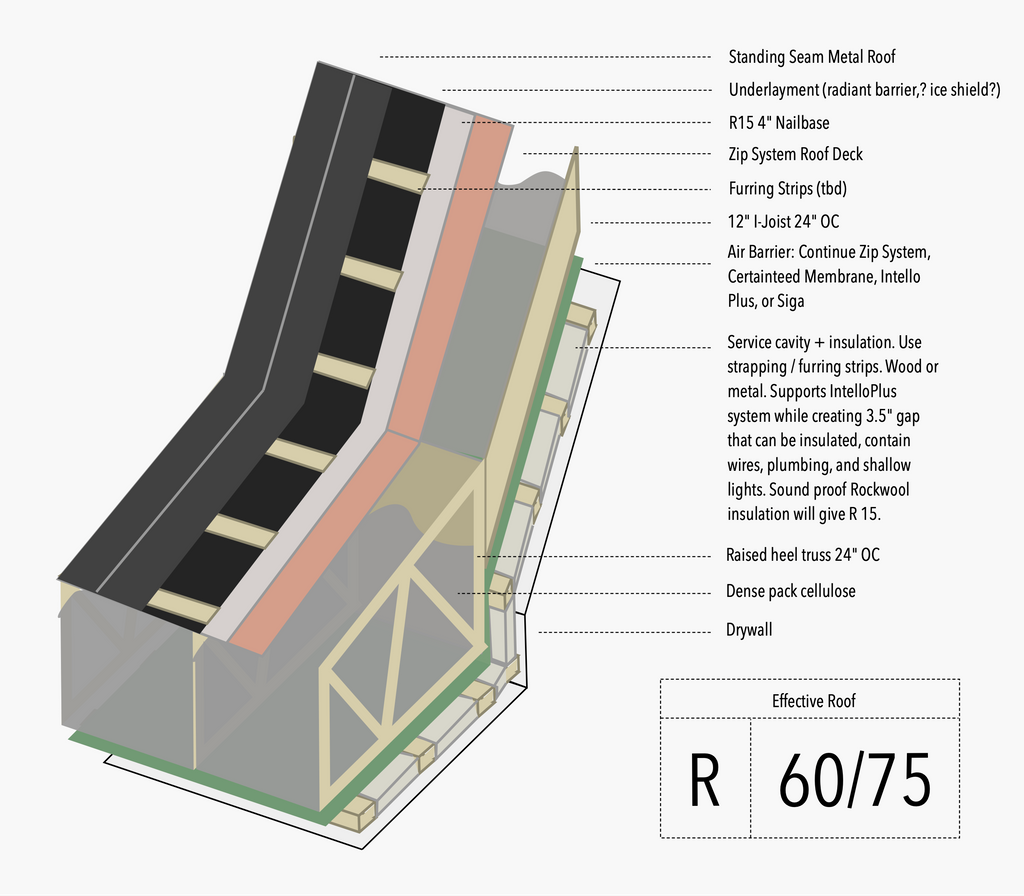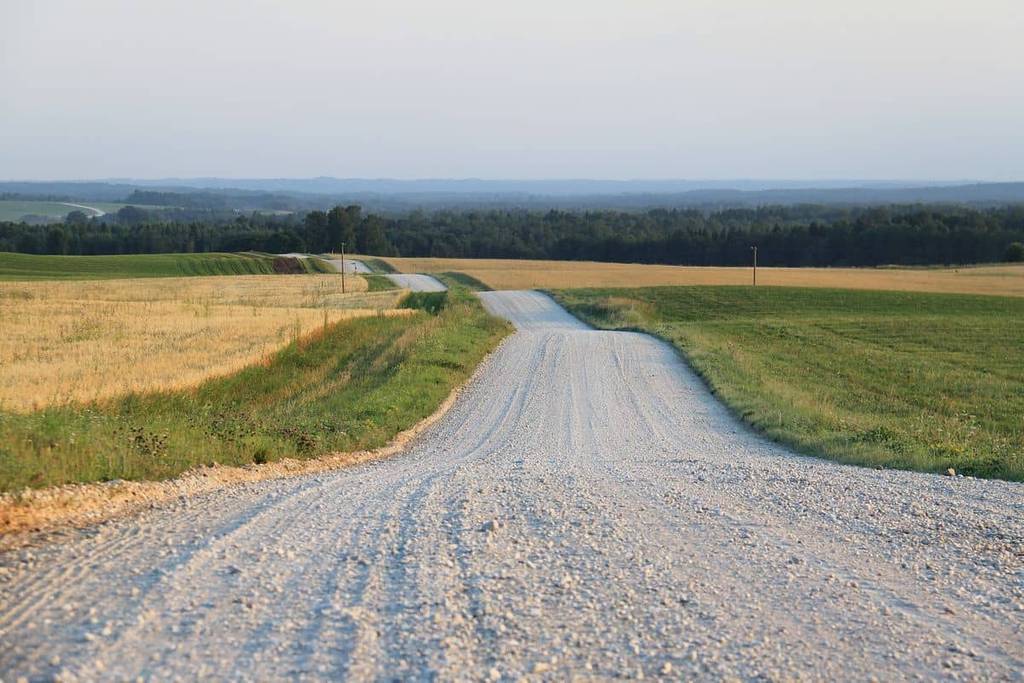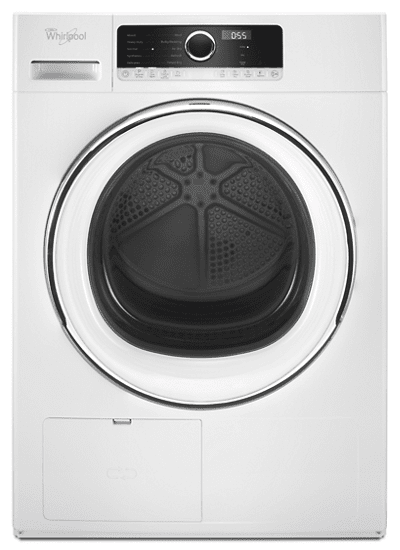Welcome to the Archives
You've found it. This is everything we've got to say. Have at it.
- networking
- smarthome
- passivehouse
- foundation
- equipment
- organization
- air
- doorswindows
- envelope
- leed
- kitchen
- siding
- technical
- design
- electrical
- interior
- floorplan
- emf
- metrics
- sound
- hvac
- bathroom
- flooring
- ventillation
Notebook on Roof Assembly

Roof assembly is definitely a trickier subject than wall assembly. Where walls have a few agreed upon approaches, roofs have to consider moisture, drying, vented or unvented, truss types, multiple air barrier locations and roof type. There are also details where the roof may change from a truss to a joist, which will affect the insulation design. Being novices, this leads to quite a bit of confusion. Below we’ve gathered some initial thoughts, but we’ll have to consult with some experts on this one. As our design stands, there is a lot of redundancy, which may or may not be necessary.
Roads and Electricy Are Not Cheap

Building off of the grid is a bit more expensive than we anticipated. The desire to be isolated, have good views, and have plenty of land are the driving forces, so it is still worth it. It’s just expensive. For about a 2000ft road, we’re getting estimates from large establish companies for around $75,000. That’s for 1750ft of gravel, and 250ft of concrete. Moving the house a bit closer to the main road can shave off $5,000+. Lot placement will be huge in this regard. We’ll also have to balance a road that blends in with the surrounding environment versus just going from point A to point B.
Automating Workspaces on macOS

I now have 4 side projects in motion along with personal tasks like finance and communication. For the first time, my go to workspace solution of mission control and spaces doesn’t cut it. Between Xcode, multiple terminal windows running, Photoshop, Mail, Photos, Sketch, and so on I finally felt overwhelmed. It’s time for a new solution.
Targets for Our Climate

Apparently, We Can't Have Vents

After realizing that we may not need a fireplace, we quickly learned that any hole the in the house is bad. That includes dryer vents. This becomes compromise #2 of a passive house. Fortunately, ventless dryers have come a long way and there isn’t too much concern. First, condenser dryers use water, and their biggest knock is that a water tank has to be emptied. Heat pump dryers seem to be preferred since they use less energy and create no moisture, but they do take longer to dry clothes. Head on over to GreeenBuildingAdvisor for more on the topic.




